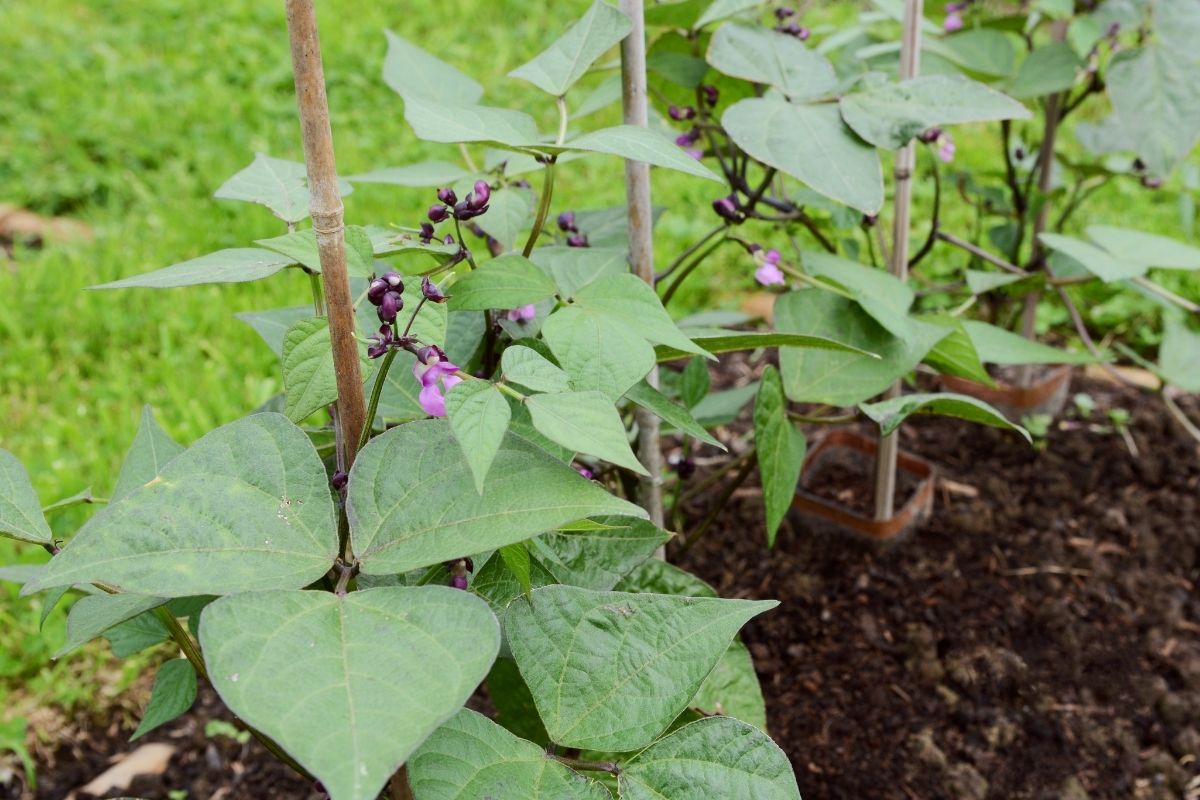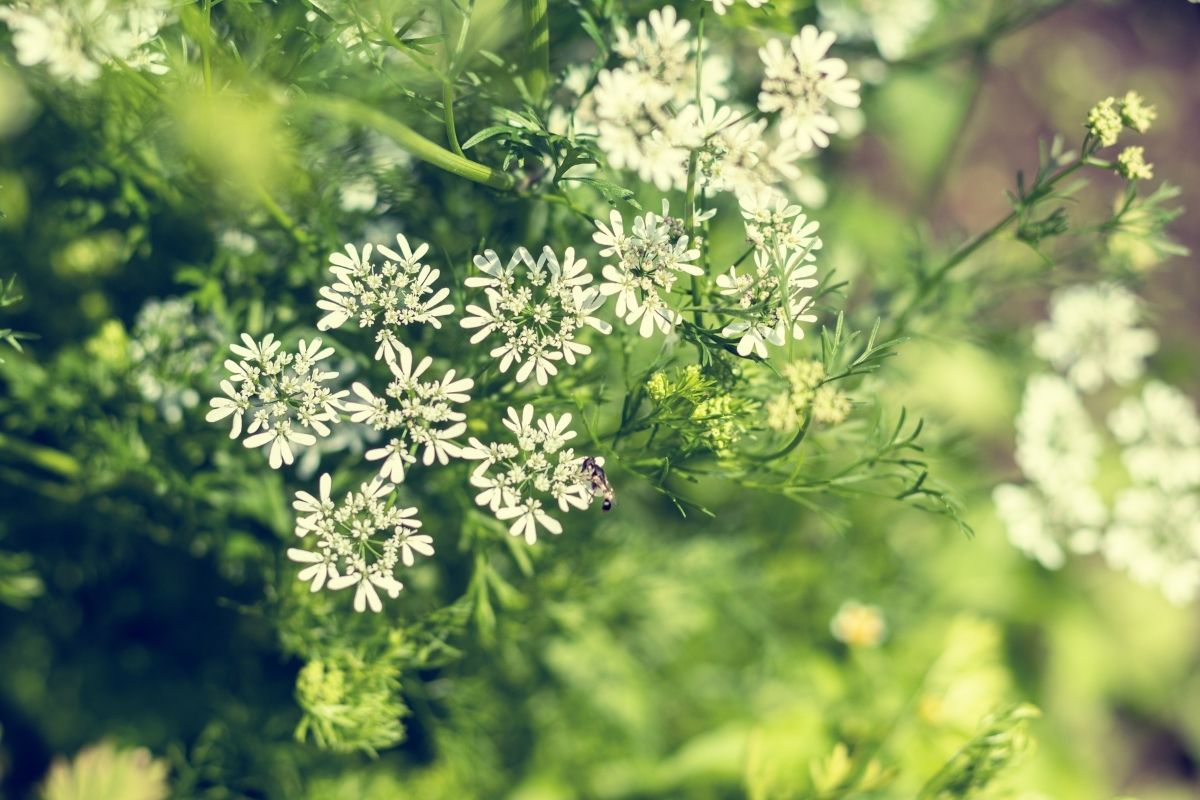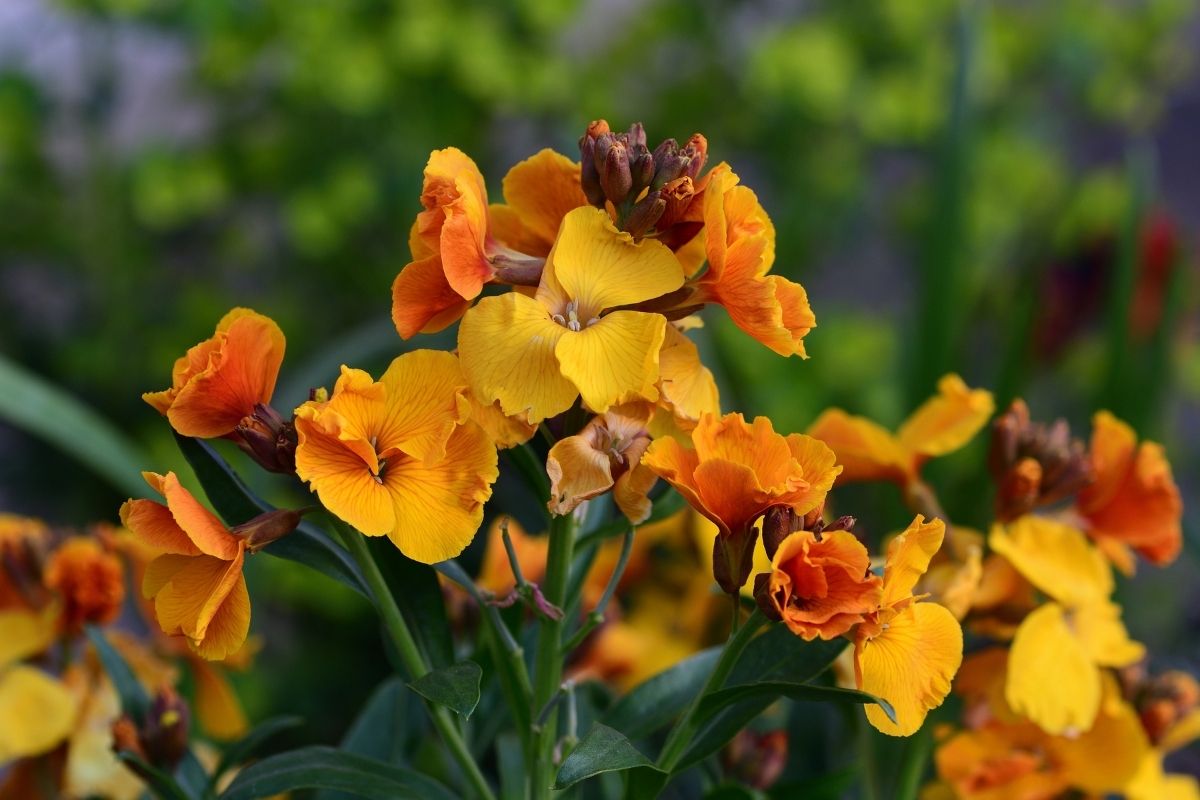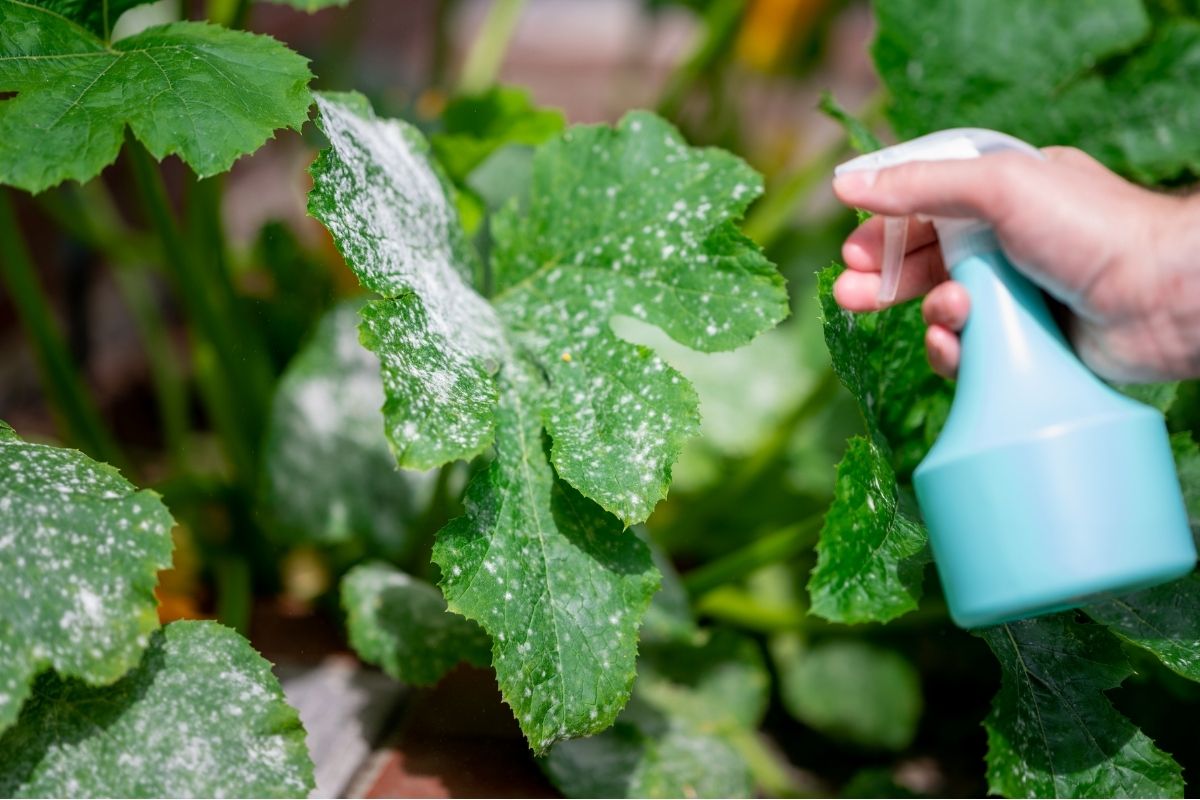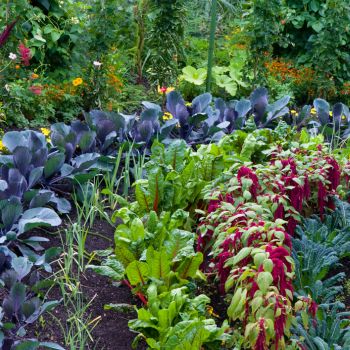Mid summer is a great time to relax and enjoy your garden. Whether you're entertaining friends or rolling up your sleeves and getting stuck into your gardening 'to do' list, the long days mean there's plenty of time to spend outdoors.
If you're looking for activities to fill the school holidays there are heaps of gardening and craft ideas on our website. Taking water cuttings of indoor plants, growing sprouts for chickens or making your own seed envelopes are just a few ideas to keep kids busy. We also have an article on making your own seed raising mix if you're looking for an excuse to get your hands dirty!
New year is a good time to think about your gardening goals for the year ahead. Why not aim to grow something new, join a local gardening group or make a sensory garden this year? Whatever your resolutions, go easy on yourself and have fun - to us, that's what gardening is all about!
Seeds to Sow in January
In the vegetable garden it's a good time to sow bush beans for a late summer harvest. Keep sowing carrots in small batches so you have a constant supply through autumn. Silverbeet is more heat-tolerant than many other leafy greens and can be sown year-round in many climates. For areas with a long growing season there's still time for honeydew melon to mature if planted now.
While you're enjoying a healthy harvest of summer herbs, you can also plant some extras so you have a supply through autumn. Try liquorice-flavoured anise or one of the many flavours of basil. Lovage and cress seeds can also be sown now. Give both plenty of water once seedlings are established.
Seeds of wallflower and stock can be sown now for autumn colour. In cool and temperate regions, forget me nots can also be sown now, while in sub-tropical or tropical climates, impatiens seeds can be started. Protect seedlings from damping off and other fungal diseases that may be spreading as a result of high rainfall.
More Seeds to Sow in January: The links below list more seeds that can be sown now in each climate. Click to browse:
▩ Cold Climate: Tasmania, Melbourne, Mt Gambier, Canberra, etc.
▩ Moderate Climate: Sydney, Perth, Adelaide, etc.
▩ Warm Climate: Brisbane, Bundaberg, Carnarvon, etc.
▩ Tropical Climate: Broome, Darwin, Cairns, Townsville, etc.
▩ Not sure which climate? Click here.
Garden Tips for January
Harvest: Mid summer is when the harvest really gets going in most gardens. Summer crops of tomatoes, zucchini, squash and beans can all be harvested now. Pick leafy greens and herbs regularly. Make sure to plan your harvest if you're heading away on holidays so you don't miss out on the rewards of your labour. It's often better to have a good crop of slightly smaller fruit than to loose it all to sunburn or extreme heat, so keep an eye on the weather forecast too.
Manage pests: Aphids and scale love juicy new shoots and leaves. Colonies can grow quickly, so spend some time monitoring your plants and take action early if you spot an infestation. You can physically remove pests if there are just a few, or spray with a suitable organic spray. A longer-term strategy is to plant a diverse mix of companion plants to deter or trap pests.
Powdery Mildew: Fungal diseases may be more of a problem than usual this season. With an increase in rainfall in many areas, look out for powdery mildew on cucurbits and other leafy vegetables. Remove affected leaves (or whole plants if they're badly infected) and don't overcrowd plants to let air flow between them. Avoid directly watering leaves, and water early in the morning so foliage can dry off during the day.
Deadhead annual flowers: Give flowering annuals a mid-season makeover by deadheading or tip pruning stems. Doing this now will encourage a late summer or early autumn flush of flowers. Prune early in the day so cuts can heal over, and don't prune in wet weather.
Summer prune fruit trees: Fruit trees are often pruned in winter to create a good structure and to encourage vigorous growth. Summer is also a good time to prune them, to control their size and help direct their energy to fruit production. Remove dead, diseased or crossing branches. Cut back any long, soft shoots without fruit to let air and light into the canopy. Finally, prune other shoots by a third or, for apples, back to a fruiting spur.
Plan autumn veg: It may seem crazy to be thinking about autumn and winter crops while the sun is blazing, but now's the time to plan your autumn veggie patch. Vegetables like cabbage, broccoli and brussels sprouts need to grow to a reasonable size before cold weather arrives, so start now. Be sure to protect delicate seedlings from hot days by moving them indoors or making a temporary shade structure.
